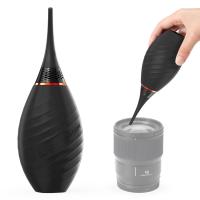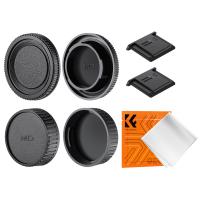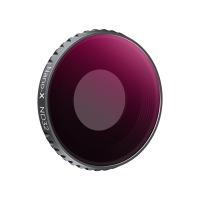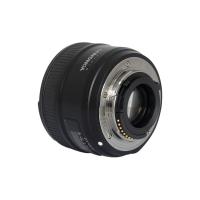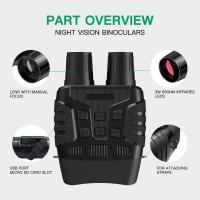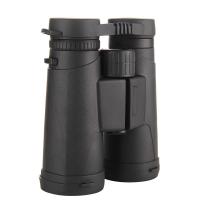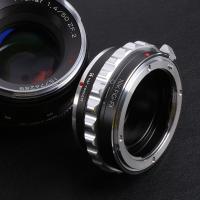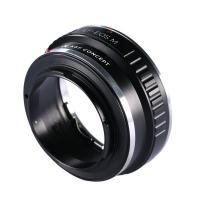How Much Is A Microscope ?
The cost of a microscope can vary greatly depending on the type and quality of the microscope. Basic student microscopes can be purchased for under $50, while more advanced research-grade microscopes can cost thousands of dollars. Additionally, the cost of accessories such as lenses, slides, and coverslips should also be taken into consideration when purchasing a microscope.
1、 Types of microscopes
There are various types of microscopes available in the market, each with its own unique features and capabilities. Some of the most common types of microscopes include compound microscopes, stereo microscopes, electron microscopes, and digital microscopes.
Compound microscopes are the most commonly used type of microscope and are ideal for observing small specimens such as cells and bacteria. They use a series of lenses to magnify the specimen and can be used for both biological and non-biological applications.
Stereo microscopes, also known as dissecting microscopes, are used for observing larger specimens such as rocks, insects, and plants. They provide a three-dimensional view of the specimen and are commonly used in fields such as geology and botany.
Electron microscopes use a beam of electrons to magnify the specimen and provide a much higher resolution than compound microscopes. They are commonly used in fields such as materials science and nanotechnology.
Digital microscopes are a relatively new type of microscope that use a digital camera to capture images of the specimen. They are often used in education and research settings and can be connected to a computer for further analysis.
As for the cost of microscopes, it varies depending on the type and quality of the microscope. Compound microscopes can range from a few hundred dollars to several thousand dollars, while electron microscopes can cost millions of dollars. Digital microscopes are generally more affordable, with prices ranging from a few hundred to a few thousand dollars.
In recent years, there has been a growing trend towards the development of portable and handheld microscopes, which are more affordable and accessible than traditional microscopes. These microscopes are ideal for fieldwork and can be used in a variety of settings, from healthcare to environmental monitoring.

2、 Magnification and resolution
There is no straightforward answer to the question of how much a microscope costs, as the price can vary greatly depending on the type, brand, and features of the microscope. Basic compound microscopes can be purchased for as little as $50, while more advanced models with higher magnification and resolution can cost thousands of dollars.
When it comes to choosing a microscope, it is important to consider both magnification and resolution. Magnification refers to the degree to which the microscope can enlarge an object, while resolution refers to the clarity and detail of the image produced. Higher magnification does not necessarily mean better resolution, as the quality of the lenses and other components of the microscope also play a role.
In recent years, there has been a growing trend towards digital microscopes, which use cameras and software to capture and analyze images. These microscopes can offer high magnification and resolution, as well as the ability to share and store images electronically. However, they can also be more expensive than traditional microscopes.
Ultimately, the choice of microscope will depend on the specific needs and budget of the user. It is important to do research and consult with experts to find the best microscope for your purposes.

3、 Parts of a microscope
A microscope is an essential tool for scientists, researchers, and students to observe and study microscopic organisms and structures. The basic parts of a microscope include the eyepiece, objective lenses, stage, focus knobs, and light source. The eyepiece is the lens that you look through to view the specimen, while the objective lenses are the lenses that magnify the specimen. The stage is the platform where the specimen is placed, and the focus knobs are used to adjust the focus of the lenses. The light source illuminates the specimen, making it easier to see.
In addition to these basic parts, some microscopes may also have additional features such as a camera attachment for capturing images, a digital display for viewing the specimen, or specialized lenses for specific types of observations.
How much is a microscope:
The cost of a microscope can vary greatly depending on the type and quality of the microscope. Basic student microscopes can be purchased for as little as $50, while more advanced research microscopes can cost thousands of dollars. The latest point of view is that with the advancement of technology, digital microscopes have become more popular and affordable. These microscopes use a camera and digital display to view and capture images of the specimen, eliminating the need for traditional eyepieces. Digital microscopes can range in price from a few hundred dollars to several thousand dollars, depending on the features and quality of the microscope.

4、 Microscope maintenance and care
Microscope maintenance and care is an essential aspect of owning a microscope. Proper maintenance and care can help to extend the lifespan of the microscope and ensure that it continues to function at its best. Some of the key aspects of microscope maintenance and care include cleaning the lenses, storing the microscope properly, and ensuring that it is calibrated correctly.
Cleaning the lenses is one of the most important aspects of microscope maintenance and care. The lenses should be cleaned regularly using a soft, lint-free cloth and a cleaning solution that is specifically designed for use with microscopes. It is important to avoid using harsh chemicals or abrasive materials, as these can damage the lenses.
Storing the microscope properly is also important. The microscope should be stored in a dry, cool place, away from direct sunlight and moisture. It should also be covered when not in use to protect it from dust and other contaminants.
Calibrating the microscope is another important aspect of maintenance and care. This involves ensuring that the microscope is properly aligned and adjusted so that it provides accurate and reliable results. Calibration should be performed regularly, and any issues should be addressed promptly to ensure that the microscope continues to function at its best.
As for the cost of a microscope, it can vary greatly depending on the type and quality of the microscope. Basic models can be purchased for as little as $50, while more advanced models can cost several thousand dollars. It is important to choose a microscope that is appropriate for your needs and budget, and to ensure that it is properly maintained and cared for to ensure that it provides accurate and reliable results.























